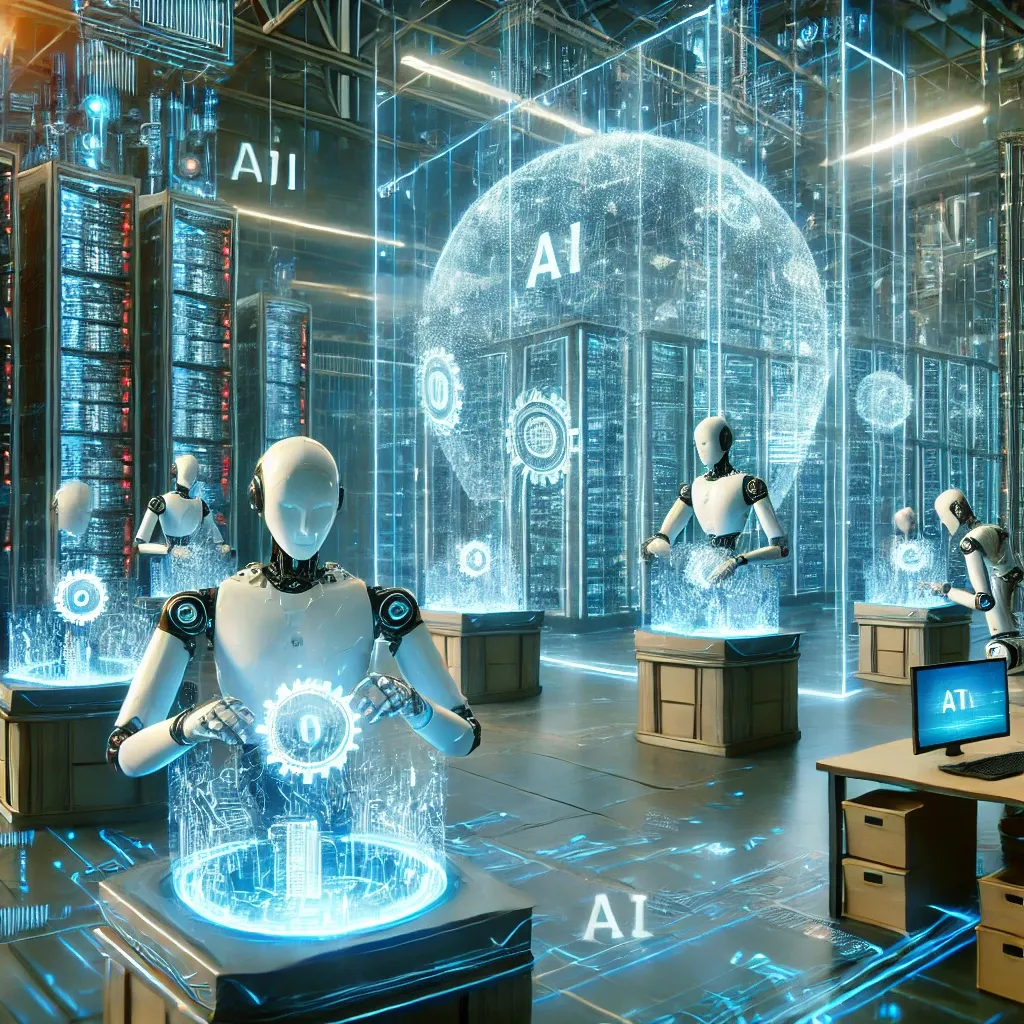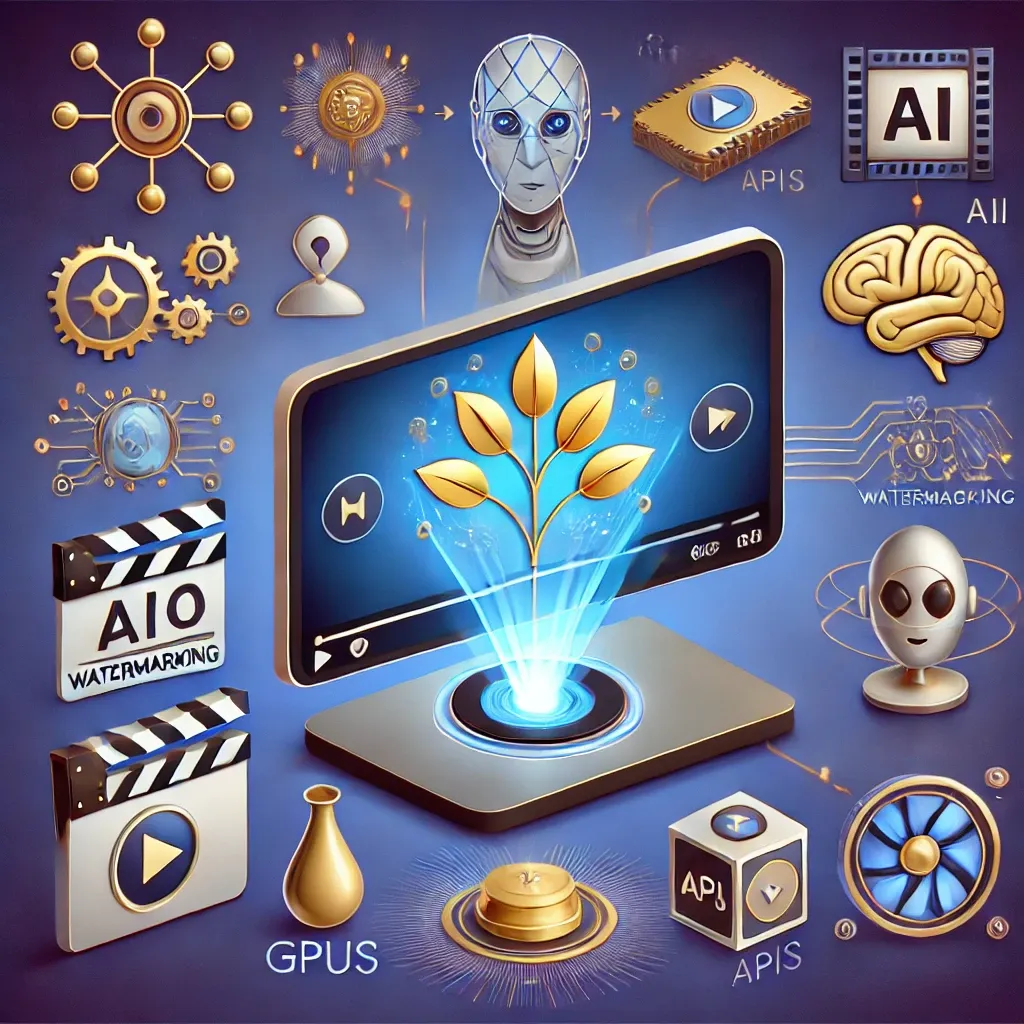Reimagining High School Curriculum: AI and Computer Science at the Core
This article explores a revolutionary high school curriculum with AI and computer science at its core. Students collaborate across subjects to develop open-source software, integrating their unique skills. This hands-on, interdisciplinary approach prepares them for real-world tech challenges.

In the rapidly evolving landscape of technology and education, the traditional high school curriculum is ripe for a transformative overhaul. Central to this change is the integration of artificial intelligence (AI) and computer science as the core around which all other subjects revolve. This innovative approach envisions high schools not just as centers of learning but as dynamic hubs of software development, where students collaboratively produce open-source software akin to departments within a tech company. This paradigm shift not only aligns education with real-world demands but also fosters interdisciplinary collaboration and practical problem-solving skills.
A New Model: High Schools as Tech Incubators
Imagine a high school where Advanced Placement (AP) classes function as specialized departments within a software development company. Each subject contributes uniquely to the creation of comprehensive, self-hosted applications. In this environment:
- Computer Science Classes: These form the backbone of the development process, focusing on writing and refining algorithms, developing software architecture, and leveraging AI to automate code generation. Students in these classes gain hands-on experience with programming languages, version control systems, and collaborative coding platforms.
- Mathematics Classes: Courses like calculus and statistics handle the logical and mathematical underpinnings of the applications. They ensure that the interactive components are robust, efficient, and based on sound mathematical principles. These students work closely with their peers to translate complex mathematical concepts into functional software features.
- Language Arts Classes: English, Spanish, and other language courses are pivotal in managing the written content of the applications. This includes producing clear, concise documentation, crafting user-friendly instructions, and generating translations to make the software accessible to a global audience. These students also engage in technical writing, a crucial skill in the tech industry.
- Art and Digital Graphics Classes: Visual appeal and user experience are vital for any application. Students in art and digital graphics classes design the user interface (UI) and user experience (UX) elements, creating intuitive and aesthetically pleasing designs that enhance functionality and user satisfaction.
- Business and Economics Classes: These classes handle project management, marketing strategies, and economic analysis of the software products. They ensure that the projects are viable, marketable, and financially sound, providing students with insights into the business side of technology.
Collective Effort: Building Real-World Applications
This collaborative model allows students to work on substantial projects, such as re-creating educational platforms like Brilliant.org or developing software for teacher evaluations and learning management systems. By contributing to these real-world applications, students gain invaluable experience that transcends traditional classroom learning.
Harnessing AI for Code Generation
AI plays a crucial role in this educational transformation. By automating significant portions of code generation, AI allows students to focus on higher-order problem-solving and creative aspects of software development. AI tools can help standardize code formats, optimize performance, and provide intelligent debugging support, making the development process more efficient and less error-prone.
Individualized Learning within a Collaborative Framework
While the emphasis is on collaborative projects, individualized learning remains integral. Students continue to engage in personalized study sessions to address their unique learning needs and interests. This balance ensures that each student can contribute meaningfully to the group projects while pursuing their academic goals.
Preparing for the Future
This reimagined curriculum not only prepares students for the technical challenges of the future but also cultivates essential soft skills such as teamwork, communication, and project management. Teachers act as mentors and project overseers, guiding students through the complexities of real-world software development and ensuring that educational standards are met.
By embedding AI and computer science at the core of the curriculum and fostering interdisciplinary collaboration, we can equip students with the skills and experience needed to thrive in a technology-driven world. This innovative approach transforms high schools into incubators of creativity and technological prowess, preparing the next generation for the challenges and opportunities that lie ahead.




